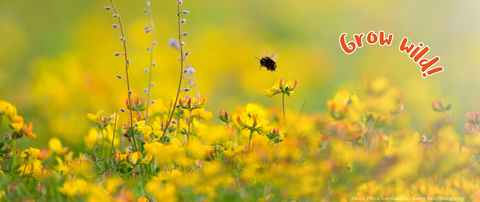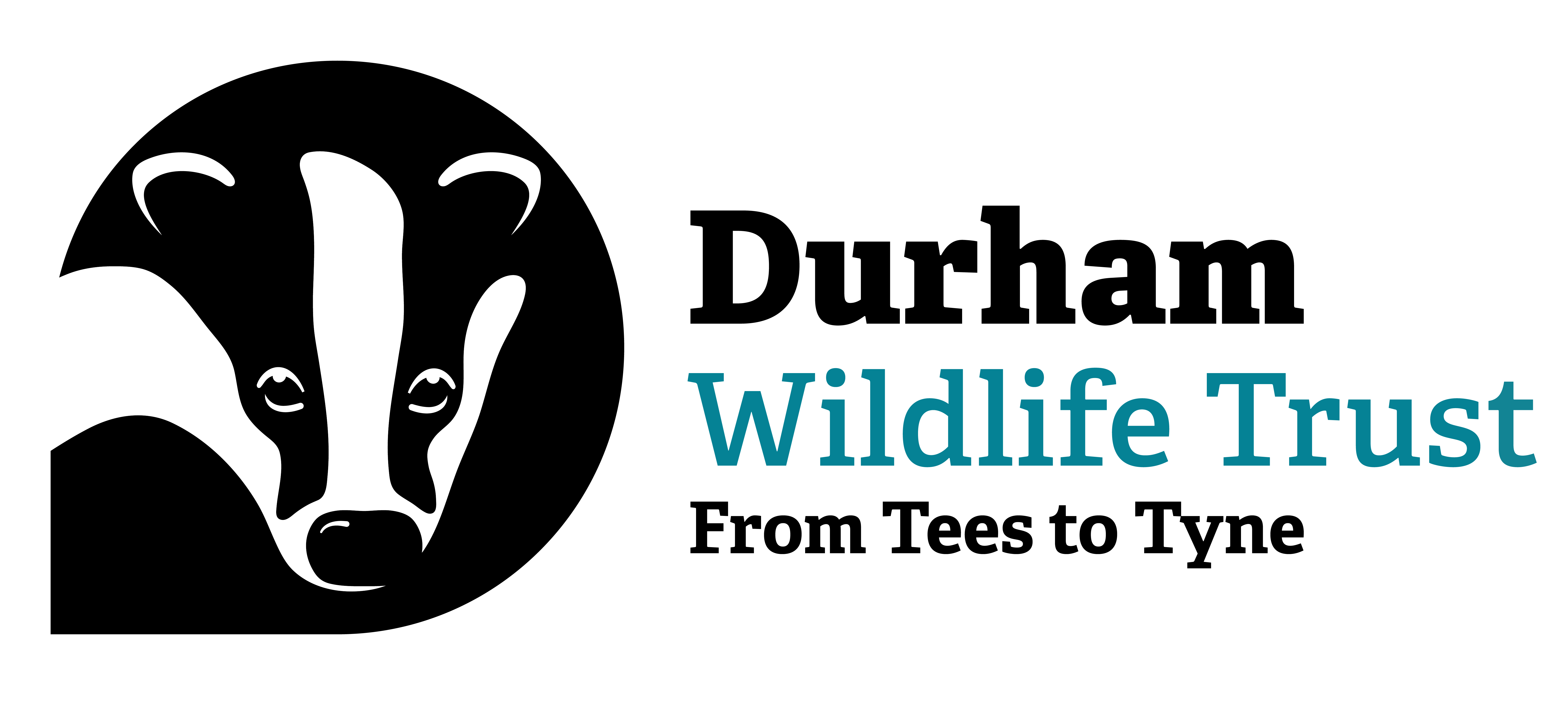
Grow wild this spring to create habitats for wildlife
97% of wildflower meadows in the UK have been lost since the 1930s. This is a vital habitat for birds, mammals (including bats), and invertebrates. It is also a particularly important habitat for our precious pollinators. Whether it's a flowerpot, flowerbed, or wild patch in your lawn, we are encouraging everyone this spring to grow wildflowers in their outdoor space - no matter how big or small!
As the weather becomes gradually milder, when weeding your garden keep an eye out for the wildflowers below. These plants will provide nectar for pollinators when they flower throughout the summer:
Spring is the perfect time to sow wildflower seeds. Whether it's a flowerpot, flowerbed, wild patch in your lawn, or entire meadow, planting wildflowers provides vital resources to support a wide range of insects. Shop our Durham Wildlife Trust bee bombs here.
Hannah's Meadow Nature Reserve
Hannah's Meadow was owned and farmed by Hannah Hauxwell, who lived alone at Low Birk Hatt Farm. The land was managed for hay and pasture and maintains the rich variety of wildlife that has been lost from many other Teesdale meadows. On her retirement in 1988, Durham Wildlife Trust continued the traditional management and created the reserve as it is today.
Now a Site of Special Scientific Interest, the meadows are considered to be some of the least improved and most species rich in upland Durham. This reserve is home to lapwing, skylark, redshank, curlew and meadow pipit which make their home in the rushes and sedges of the pasture.
Visit in June and early July (the meadow is cut in mid July) to see traditional hay meadow flowers. Follow the walking route below to explore the reserve and perhaps discover some of the wonderful wildlife which lives here.

Hannah's Meadow walking route
Become a member of Durham Wildlife Trust
Help us to restore nature at reserves such as Hannah's Meadow





